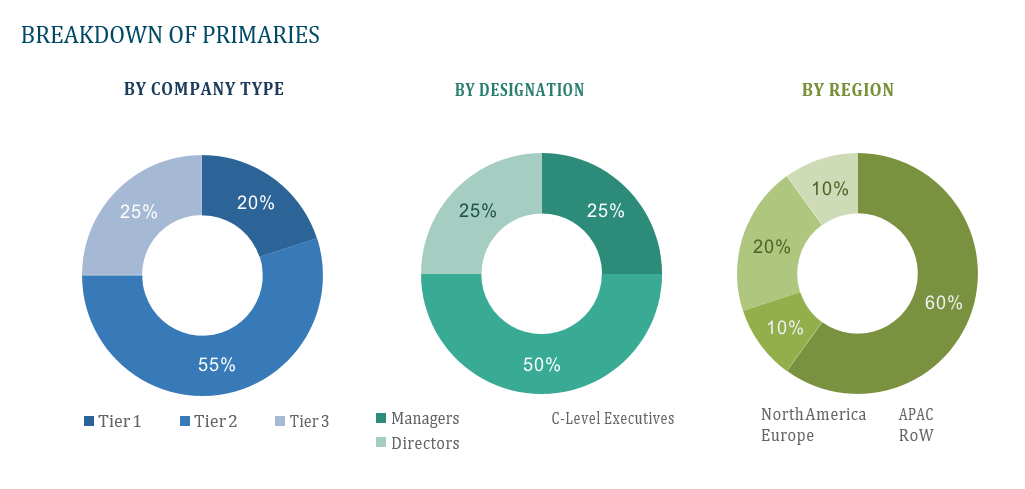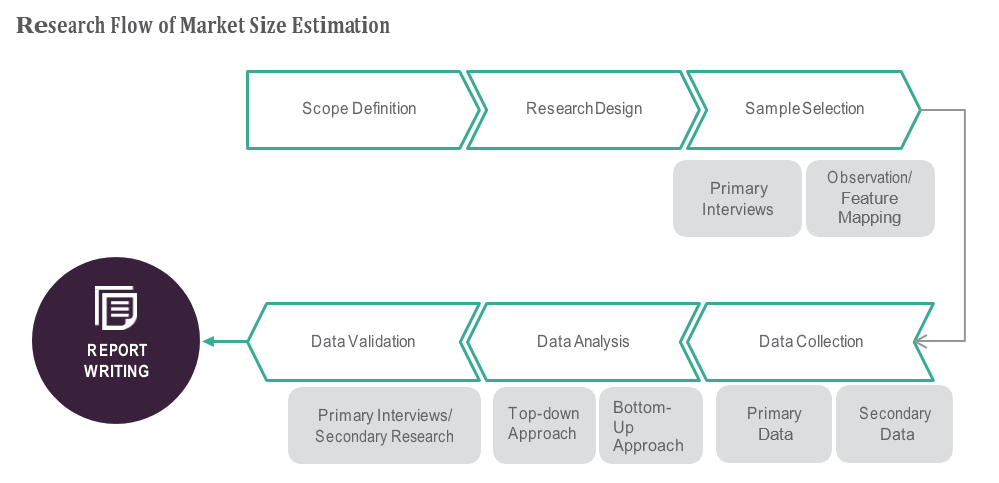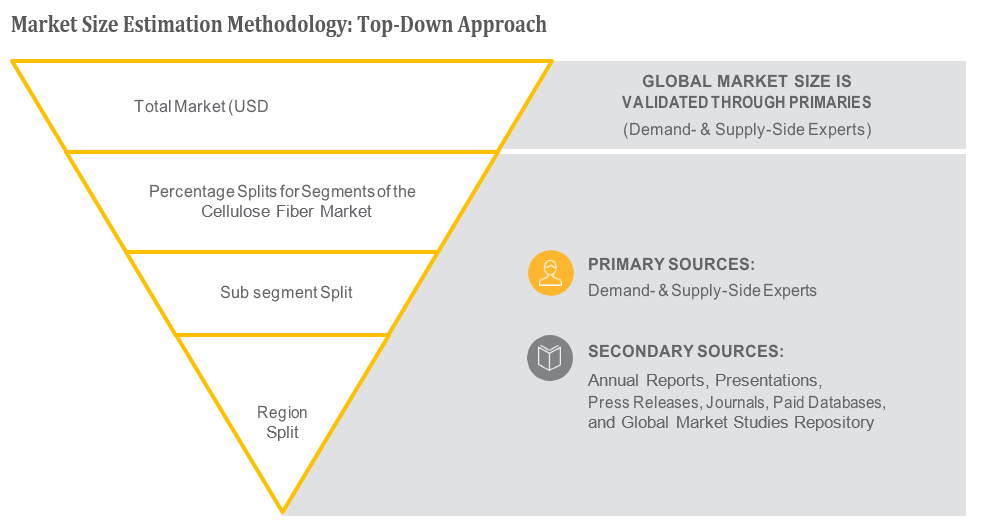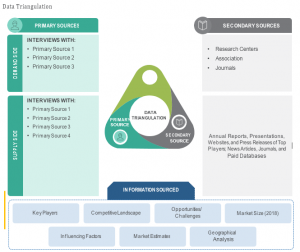OVERVIEW
The Accounts Receivable Automation Market is currently valued at USD 3.04 billion in 2024 and will be growing at a CAGR of 11.84 % over the forecast period to reach an estimated USD 5.62 billion in revenue in 2029. The accounts receivable automation market is a dynamic sector within the broader realm of financial technology (fintech) that focuses on streamlining and enhancing the process of managing and collecting payments owed to a company. This market encompasses a range of software solutions and technologies designed to automate tasks such as invoicing, payment reminders, reconciliation, and credit management. By leveraging automation, businesses can accelerate cash flow, reduce administrative overhead, minimize errors, and improve overall efficiency in managing accounts receivable processes. Key features of these solutions often include integration with existing accounting systems, customizable workflows, real-time analytics, and secure payment processing capabilities. With the growing complexity of financial transactions and the increasing volume of digital payments, the demand for accounts receivable automation solutions is expected to continue rising as businesses seek to optimize their cash management processes and enhance customer experiences.
The increasing digitization of financial processes across industries is driving businesses to adopt automation solutions to streamline their accounts receivable operations. The rise of digital payments, e-commerce transactions, and online invoicing has created a need for efficient and scalable solutions to manage the growing volume of receivables. Additionally, the demand for improved cash flow management and working capital optimization is encouraging organizations to invest in automation technologies that can expedite invoice processing, reduce payment delays, and enhance cash visibility. Moreover, the competitive landscape is pushing businesses to seek ways to improve efficiency and reduce costs, prompting the adoption of accounts receivable automation to eliminate manual tasks, minimize errors, and enhance productivity. Furthermore, regulatory compliance requirements and the need for enhanced data security are driving organizations to adopt automation solutions that offer robust compliance features and ensure data integrity throughout the receivables process.
Table of Content
Market Dynamics
Drivers:
The increasing digitization of financial processes across industries is driving businesses to adopt automation solutions to streamline their accounts receivable operations. The rise of digital payments, e-commerce transactions, and online invoicing has created a need for efficient and scalable solutions to manage the growing volume of receivables. Additionally, the demand for improved cash flow management and working capital optimization is encouraging organizations to invest in automation technologies that can expedite invoice processing, reduce payment delays, and enhance cash visibility. Moreover, the competitive landscape is pushing businesses to seek ways to improve efficiency and reduce costs, prompting the adoption of accounts receivable automation to eliminate manual tasks, minimize errors, and enhance productivity. Furthermore, regulatory compliance requirements and the need for enhanced data security are driving organizations to adopt automation solutions that offer robust compliance features and ensure data integrity throughout the receivables process.
Key Opportunities :
There is a significant opportunity to leverage emerging technologies such as artificial intelligence (AI) and machine learning (ML) to enhance automation capabilities further. These technologies can enable predictive analytics for cash flow forecasting, dynamic invoice processing, and personalized payment reminders, thereby improving overall efficiency and customer satisfaction. Additionally, as businesses continue to expand globally, there is a growing demand for accounts receivable automation solutions that support multi-currency invoicing, cross-border payment processing, and compliance with diverse regulatory frameworks. Furthermore, the rise of subscription-based business models and recurring billing presents an opportunity for automation solutions to streamline subscription management, automate recurring invoicing, and optimize revenue recognition processes. Moreover, with the increasing focus on sustainability and corporate social responsibility, there is potential for accounts receivable automation solutions to incorporate sustainability metrics into invoicing and payment processes, facilitating transparency and accountability in financial transactio
Restraints :
The reluctance of some businesses to adopt new technologies due to concerns about integration complexity, data security risks, and upfront investment costs. Resistance to change and inertia within organizations can slow down the adoption of accounts receivable automation solutions, particularly among traditional industries or small and medium-sized enterprises (SMEs) with limited resources for technology investments. Moreover, the lack of standardized processes and interoperability among different systems can present barriers to seamless implementation and scalability of automation solutions, especially in complex enterprise environments with diverse IT landscapes. Additionally, regulatory uncertainties and compliance challenges, particularly in highly regulated industries such as finance and healthcare, can pose obstacles to the adoption of automation solutions that require adherence to stringent data protection and privacy regulations. Furthermore, concerns about job displacement and the need for upskilling existing workforce to adapt to automation technologies can also impede the pace of adoption. Addressing these restraints will require collaborative efforts from industry stakeholders to develop user-friendly, interoperable, and compliant accounts receivable automation solutions while also investing in change management and skill development initiatives to facilitate smooth transitions for businesses and their employees.
Regional Information:
• In North America, the accounts receivable automation market is witnessing robust growth driven by the region’s highly developed financial infrastructure, technological innovation, and strong adoption of digital payment systems. Businesses in North America are increasingly investing in automation solutions to streamline accounts receivable processes, improve cash flow management, and enhance operational efficiency. Moreover, the presence of a large number of enterprises across diverse industries, including finance, healthcare, retail, and manufacturing, provides a fertile ground for the adoption of automation technologies. Additionally, stringent regulatory compliance requirements, such as the Sarbanes-Oxley Act and the Health Insurance Portability and Accountability Act (HIPAA), are driving organizations to implement automation solutions that ensure data security and regulatory compliance.
• In Europe, the accounts receivable automation market is experiencing steady growth, fueled by the region’s focus on digital transformation, regulatory reforms, and the increasing adoption of electronic invoicing (e-invoicing) standards such as the European eInvoicing Directive. Countries like Germany, the United Kingdom, and France are leading the adoption of automation technologies to streamline invoicing processes, accelerate cash flow, and reduce administrative costs. Moreover, the European Union’s emphasis on promoting interoperability and standardization of electronic invoicing systems is driving businesses to adopt automation solutions that support seamless integration with existing accounting systems and comply with regional regulatory requirements. Additionally, the growing trend towards outsourcing accounts receivable functions to third-party service providers is creating opportunities for automation vendors to offer cloud-based solutions that cater to the needs of diverse businesses across the region.
• In the Asia Pacific region, the accounts receivable automation market is witnessing rapid expansion driven by the region’s burgeoning economies, increasing digitalization, and growing adoption of e-commerce and digital payment platforms. Countries such as China, India, Japan, and Australia are witnessing a surge in demand for automation solutions to streamline invoicing, payment processing, and credit management processes. Moreover, the adoption of government initiatives promoting digitalization and cashless payments, coupled with the rise of mobile and internet penetration, is fueling the growth of the accounts receivable automation market in the region. Additionally, the presence of a large number of SMEs in emerging economies presents significant opportunities for automation vendors to offer cost-effective and scalable solutions tailored to the needs of small and medium-sized businesses.
Recent Developments:
• September 2022 – Regate, a Paris-based Software-as-a-Service (SaaS) platform for finance automation, secured a USD 20 million Series A funding round led by Valar Ventures. By automating repetitive operations, compiling financial data onto a single platform, and enhancing team communication, Regate assists accounting firms and finance departments in saving time. The platform used by Regate offers features including virtual and physical bank cards, payments, reconciliation, accounts payable and receivable, and budget and purchase requests. The company would use this money to expand its business further by developing software for small and medium enterprises.
• March 2022 – Esker announced a partnership with Fujitsu Asia, the regional headquarters for the Fujitsu group of companies in ASEAN. As part of the agreement, Fujitsu Asia would provide consultation, implementation, and support for Esker’s Procure-to-Pay and Order-to-Cash suites to its customers in Singapore. This alliance could align with Esker’s growth strategy and enable Fujitsu Asia to develop its service offering further.
Key Market Players:
Bill.com, HighRadius, FIS, Fiserv, Bottomline Technologies, Sage Group, Basware Corporation, Adra Software, DSO Group, Exact, YayPay, iPayLinks, iKasa, Pambly Subscriptions, and GetMyInvoices.
Frequently Asked Questions
1) What is the projected market value of the Accounts Receivable Automation Market ?
– The Accounts Receivable Automation Market is expected to reach an estimated value of USD 5.62 billion in revenue by 2029.
2) What is the estimated CAGR of the Accounts Receivable Automation Market over the 2024 to 2029 forecast period?
– The CAGR is estimated to be 11.84 % for the Accounts Receivable Automation Market over the 2024 to 2029.
3) Who are the key players in the Accounts Receivable Automation Market ?
– Bill.com, HighRadius, FIS, Fiserv, Bottomline Technologies, Sage Group, Basware Corporation, Adra Software, DSO Group, Exact, YayPay, iPayLinks, iKasa, Pambly Subscriptions, and GetMyInvoices.
4) What are the drivers for the Accounts Receivable Automation Market ?
– The digitization of financial processes is driving businesses to adopt automation solutions for accounts receivable operations. This is due to the rise of digital payments, e-commerce transactions, and online invoicing. The demand for efficient cash flow management, working capital optimization, and enhanced data security is also driving this adoption.
5) What are the restraints and challenges in the Accounts Receivable Automation Market ?
– Businesses often resist adopting new technologies due to integration complexity, data security risks, and upfront costs. This resistance, especially in traditional industries or SMEs, can slow down the adoption of accounts receivable automation solutions. Standardized processes, regulatory uncertainties, and job displacement also pose barriers. To overcome these challenges, industry stakeholders must collaborate on developing user-friendly, interoperable, and compliant solutions, as well as investing in change management and skill development initiatives.
6) What are the key applications and offerings of the Accounts Receivable Automation Market ?
– Key applications of accounts receivable automation include streamlining invoicing processes, accelerating payment collections, enhancing cash flow management, and improving credit risk assessment through data analytics and predictive modeling. These solutions automate tasks such as invoice generation, payment reminders, reconciliation, and dispute resolution, leading to increased efficiency, reduced manual errors, and faster decision-making.
7) Which region is expected to drive the market for the forecast period?
– North America is expected to have the highest market growth from 2024 to 2029
Why Choose Us?
Insights into Market Trends: Global Market Studies reports provide valuable insights into market trends, including market size, segmentation, growth drivers, and market dynamics. This information helps clients make strategic decisions, such as product development, market positioning, and marketing strategies.
Competitor Analysis: Our reports provide detailed information about competitors, including their market share, product offerings, pricing, and competitive strategies. This data can be used to inform competitive strategies and to identify opportunities for growth and expansion.
Industry Forecasts: Our reports provide industry forecasts, which will inform your business strategies, such as investment decisions, production planning, and workforce planning. These forecasts can help you to prepare for future trends and to take advantage of growth opportunities.
Access to Industry Experts: Our solutions include contributions from industry experts, including analysts, consultants, and subject matter experts. This access to expert insights can be valuable for you to understand the market.
Time and Cost Savings: Our team at Global Market Studies can save you time and reduce the cost of conducting market research by providing comprehensive and up-to-date information in a single report, avoiding the need for additional market research efforts.









